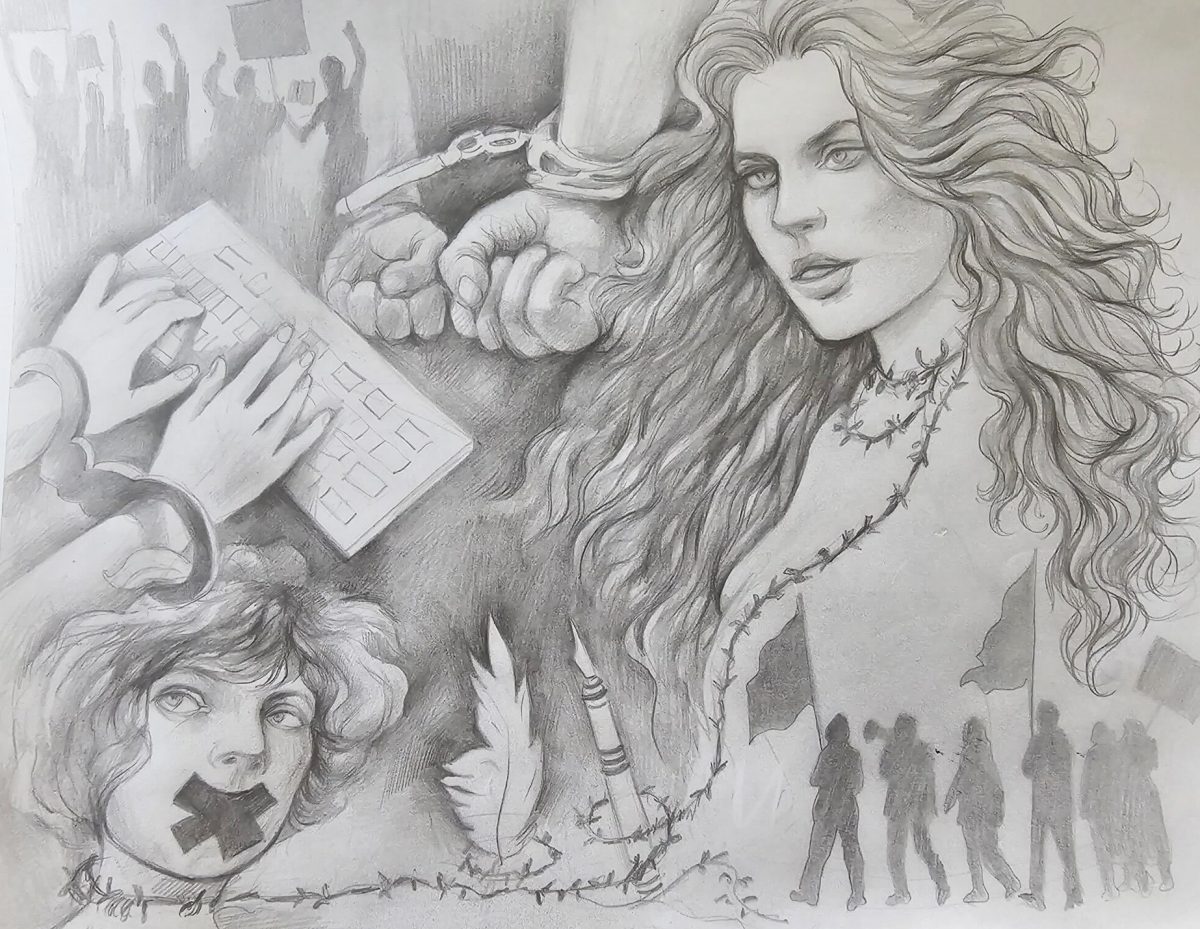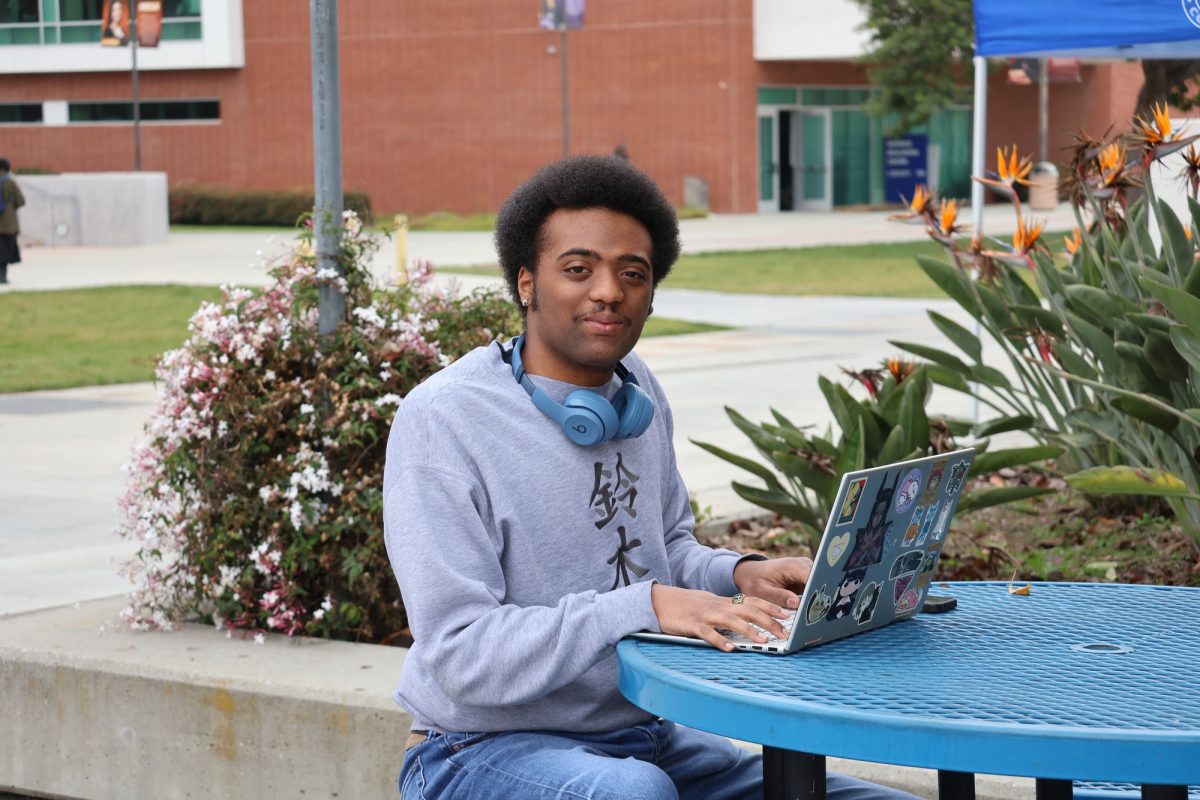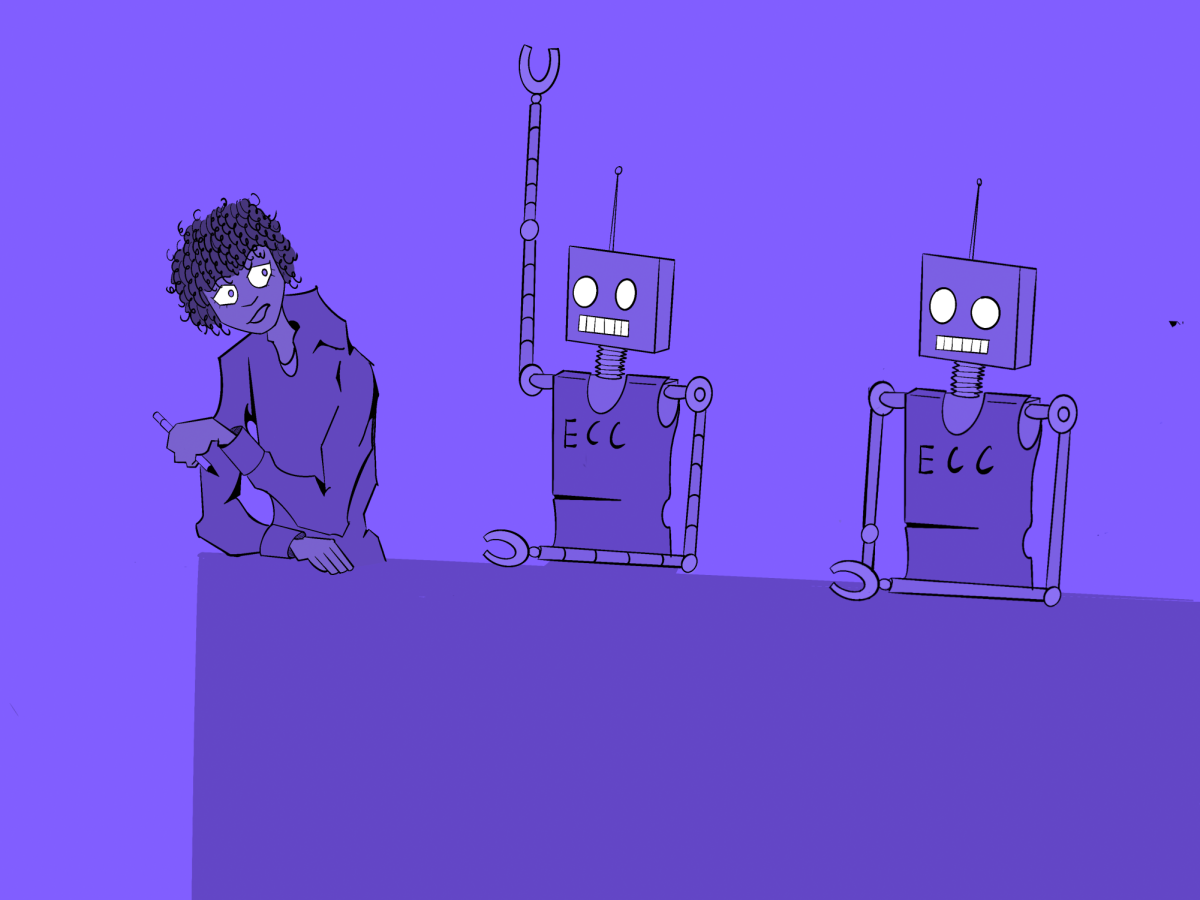Since the Measure E facilities improvement bonds were approved in 2003, $394 million was provided for construction and much of the campus has undergone changes, in order to modernize and make the campus more handicapped-accessible.
Approximately $12 million of the bond has gone to the Infrastructure Project, which extends pipes for water and electrical and data conduits to the southern part of the campus.
The project, which is expected to be completed in June, stretches from the Schauerman Library to the Music Building.
Other areas on campus affected by construction include the original Bookstore, which is undergoing renovations to further assist student, as well as the Social Sciences Building.
One of the biggest projects is the reconstruction of the Math, Business and Allied Health Building, which is currently being torn down in preparation for the new building.
Despite all the changes on campus, which will ultimately benefit students in the future, construction, as well as all the difficulties it presents, has proved to be a hindrance for students and staff alike.
The recent bouts of rainy weather have delayed all progress on various projects by five weeks.
The Humanities Mall and Food Service Building is just one of the projects affected. Construction was originally set to be completed during winter 2010, but the weather has pushed back the completion date.
Construction has turned the campus into a maze, with the students like mice and the buildings and parking lots like the rewards at the end.
Supplies are being moved on and off campus via trucks on a regular basis, many of them driving down the walkways students use, often while students are using them.
The sheer amount of detours is overwhelming, both to new and returning students. From the Music Building, to the Health Center, the black on yellow of the detour signs can be seen.
While construction delays due to uncontrollable circumstances are understandable, there should be some sort of secondary plan in the event of unfavorable weather.
Instead of continuing with the original work schedule and adding additional workdays on, arrangements should be made for additional hours or days to be worked in order to complete construction on time.
If increasing the amount of work done on construction isn’t a viable option, then steps need to be taken to make the effects more bearable for both students and staff alike.
More direct detours should be created if possible. As of right now, many areas are closed off, forcing students to take roundabout detours and look for more direct shortcuts.
Instead of working during the peak hours, when students are moving between classes, confine construction to when the campus is least busy, either during the early morning or later in the evenings.
It is important to bring the campus into the future and some buildings, such as Social Sciences, deserve the renovation, but construction should not hinder student life.
Administrators and construction workers should cooperate to help facilitate making students’ lives easier during construction on campus.
-See related article on Construction falls behind schedule






